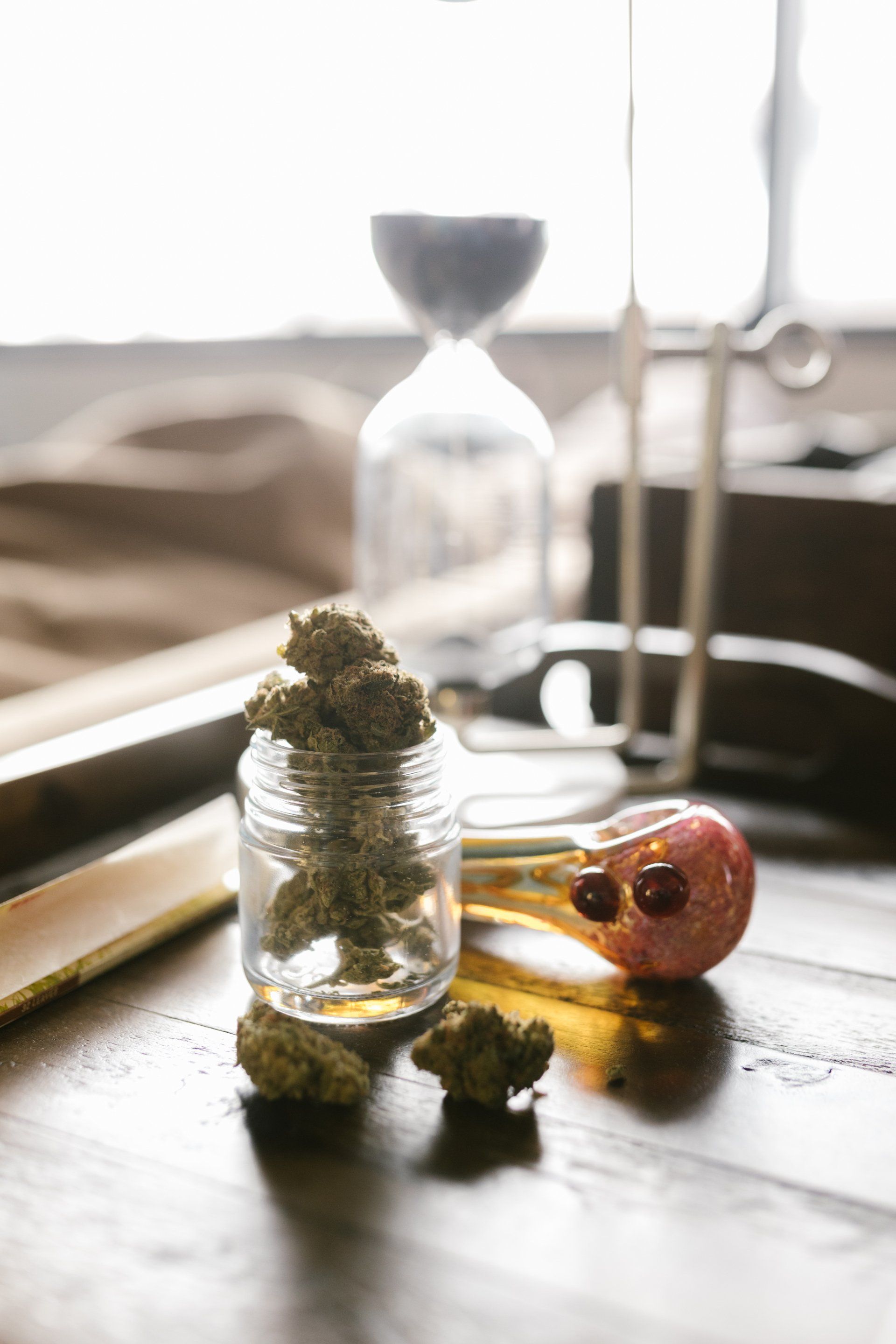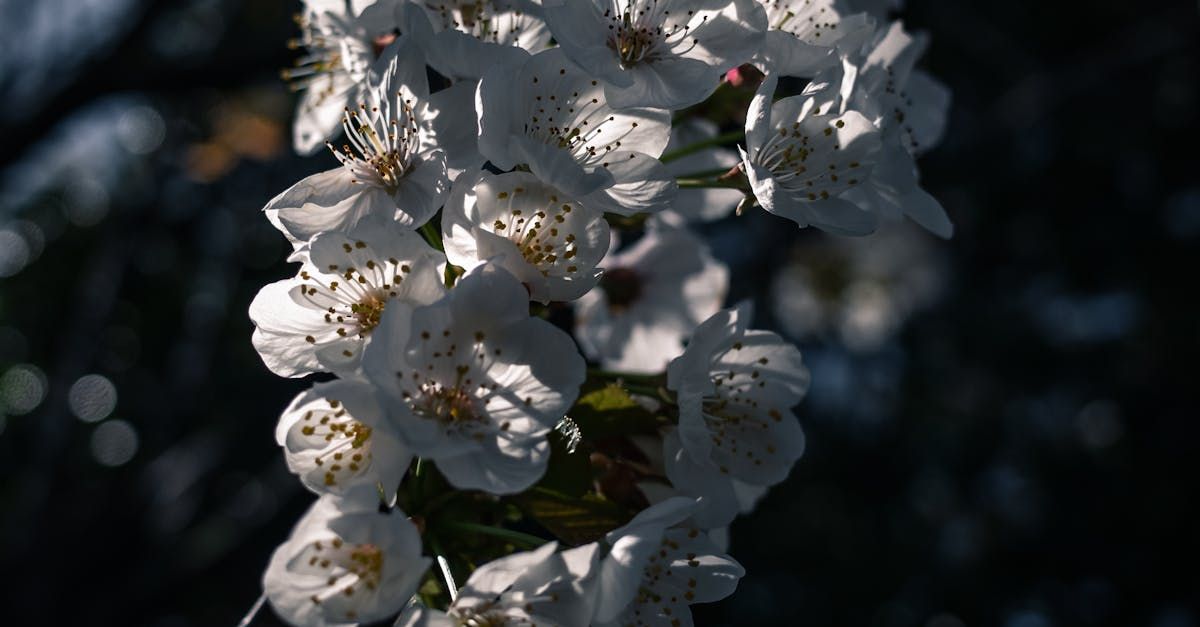Cannabis Concentrates vs. Flower: Exploring the Key Differences
Navigating the Cannabis Landscape: A Comparative Analysis of Concentrates and Flower
Cannabis has come a long way from its early days as a simple plant. Today, it's available in various forms, each offering a unique experience. Two of the most popular options are cannabis concentrates and flower. In this blog post, we will explore the key differences between these two consumption methods to help you make an informed choice.
1. What Are Cannabis Concentrates and Flower?
Cannabis Concentrates: Cannabis concentrates are potent extracts derived from the cannabis plant. They contain a higher concentration of cannabinoids and terpenes compared to the raw flower. The extraction process typically involves solvents like butane, CO2, or alcohol to separate the plant's essential compounds. Concentrates come in various forms, including wax, shatter, oil, and live resin, each with its unique characteristics.
Cannabis Flower: Cannabis flower, often referred to as "bud" or "weed," is the dried and cured plant material of the cannabis plant. It contains a balance of cannabinoids, terpenes, and other compounds naturally present in the plant. Flowers are typically consumed by smoking in joints, blunts, or pipes, but they can also be vaporized or used to make edibles.
2. Potency
One of the most significant differences between concentrates and flower is potency. Concentrates can contain up to 80-90% or more THC, the psychoactive compound in cannabis, while the average THC content in cannabis flower ranges from 15-25%. This higher potency in concentrates means that users can achieve a more intense and immediate effect, making it a preferred choice for medical patients and experienced consumers.
3. Consumption Methods
Concentrates:
- Dabbing: Concentrates are vaporized using a dab rig, a specialized device, and inhaled as a vapor.
- Vaporization: Some concentrates can be used in vaporizers designed for concentrates.
- Edibles: Concentrates can be infused into various edible products, offering a discreet way to consume.
Flower:
- Smoking: The most common method involves rolling flower into joints or packing it into pipes or bongs.
- Vaporization: Flower can also be vaporized using dry herb vaporizers.
- Edibles: Flower can be used to make homemade cannabis-infused edibles, though the process requires decarboxylation.
4. Flavor and Terpenes
While both concentrates and flower contain terpenes that contribute to their flavors and aromas, the extraction process for concentrates can sometimes lead to a loss of some terpenes. This can result in a less complex flavor profile compared to smoking or vaporizing flower, where the full spectrum of terpenes is preserved. Many consumers prefer the rich, diverse flavors of cannabis flower.
5. Convenience and Portability
Concentrates are often more convenient and portable than flower. They come in small, easy-to-carry containers and require less space for storage. Flower, on the other hand, can be bulky and emit a strong odor, making it less discreet for some users.
6. Cost
In general, cannabis flower tends to be more budget-friendly than concentrates. However, the potency of concentrates means you may need less product to achieve the desired effects, potentially balancing out the cost difference.
The choice between cannabis concentrates and flower ultimately depends on individual preferences and needs. Concentrates offer higher potency and convenience, making them suitable for medical users and experienced consumers seeking a powerful and immediate effect. On the other hand, cannabis flower provides a more diverse flavor profile, a traditional smoking experience, and a lower cost for those who enjoy the ritual of rolling and smoking. Before making a decision, it's essential to consider your tolerance, desired effects, and preferred method of consumption. Regardless of your choice, always consume cannabis responsibly and in accordance with local laws and regulations.
SHARE:
Disclaimer: The information provided in this article is for educational purposes only. The content is not intended to be a substitute for professional medical advice, diagnosis, or treatment. Always seek the advice of your physician or other qualified healthcare provider with any questions you may have regarding a medical condition. The use of cannabis, including smoking, may have potential health risks and may not be suitable for everyone. It is essential to understand and abide by the laws in your country or state regarding cannabis use. The author and publisher of this article are not responsible for any adverse effects or consequences that may result from the use of the information presented in this article. This blog is sponsored by
Fresh Mint.












